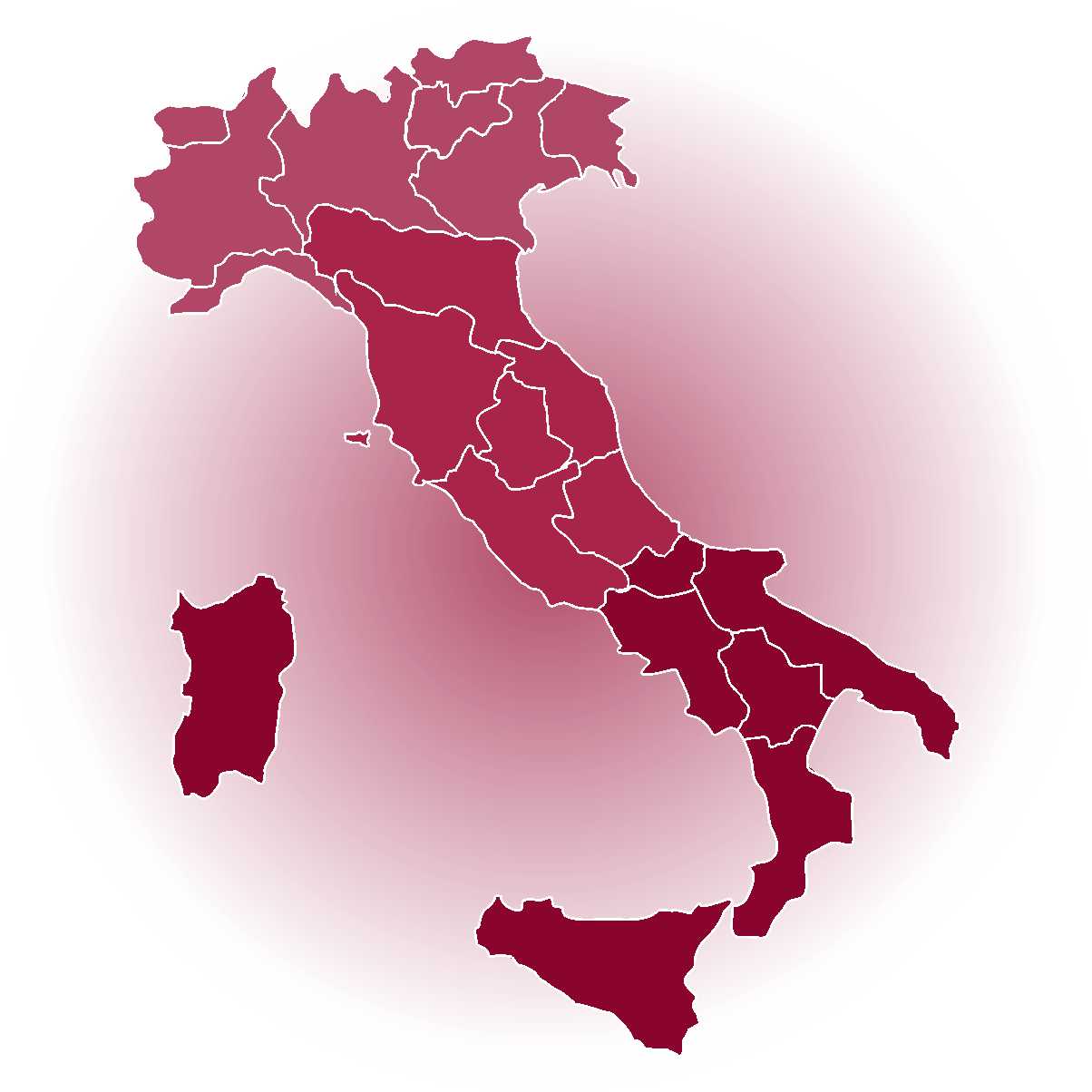The Grappas of Regions without TGI
After carefully examining the different aspects of Grappa in Italian regions with TGI (Typical Geographical Indications), we now head towards lands where the spirit comes to life outside of these official designations.
The Aosta Valley, an autonomous region, still enjoys the possibility of producing Grappa for personal consumption within domestic walls legally, with only a few distilleries operating in the quality sector rather than quantity.
Liguria mostly contributes its excellent grape pomace to neighboring Piedmont and has about a dozen internal companies among direct producers and those who purchase Grappa for bottling.
In Emilia Romagna, one mostly finds large brands of brandy and liqueurs. There are very few companies that distill grape pomace, and the most common distillation plant is the continuous cycle one.
In Tuscany, on the other hand, the great oenological vitality is not followed by a great distillation activity. It often happens that farms have their grape pomace distilled by external distilleries, resulting in various Grappas, perhaps coming from the same still but with different labels.
Central and Southern Italy do not have the great tradition of the Northern regions, although enthusiasts are steadily growing. A special mention goes to the "Filu 'e ferru" aquavit of Sardinian tradition, which owes its name to the technique used to hide the bottles produced clandestinely: they were buried underground with a wire tied around the neck that just protruded from the ground so they could be retrieved later.
In every drop of Grappa produced in Italy, you can find the essence of an timeless tradition that embraces regions, stories, and passion. As the world of distillation expands, these lands emerge as guardians of a distilled heritage, demonstrating that Grappa continues to flow like a compelling tale of taste and authenticity.
The Aosta Valley, an autonomous region, still enjoys the possibility of producing Grappa for personal consumption within domestic walls legally, with only a few distilleries operating in the quality sector rather than quantity.
Liguria mostly contributes its excellent grape pomace to neighboring Piedmont and has about a dozen internal companies among direct producers and those who purchase Grappa for bottling.
In Emilia Romagna, one mostly finds large brands of brandy and liqueurs. There are very few companies that distill grape pomace, and the most common distillation plant is the continuous cycle one.
In Tuscany, on the other hand, the great oenological vitality is not followed by a great distillation activity. It often happens that farms have their grape pomace distilled by external distilleries, resulting in various Grappas, perhaps coming from the same still but with different labels.
Central and Southern Italy do not have the great tradition of the Northern regions, although enthusiasts are steadily growing. A special mention goes to the "Filu 'e ferru" aquavit of Sardinian tradition, which owes its name to the technique used to hide the bottles produced clandestinely: they were buried underground with a wire tied around the neck that just protruded from the ground so they could be retrieved later.
In every drop of Grappa produced in Italy, you can find the essence of an timeless tradition that embraces regions, stories, and passion. As the world of distillation expands, these lands emerge as guardians of a distilled heritage, demonstrating that Grappa continues to flow like a compelling tale of taste and authenticity.


